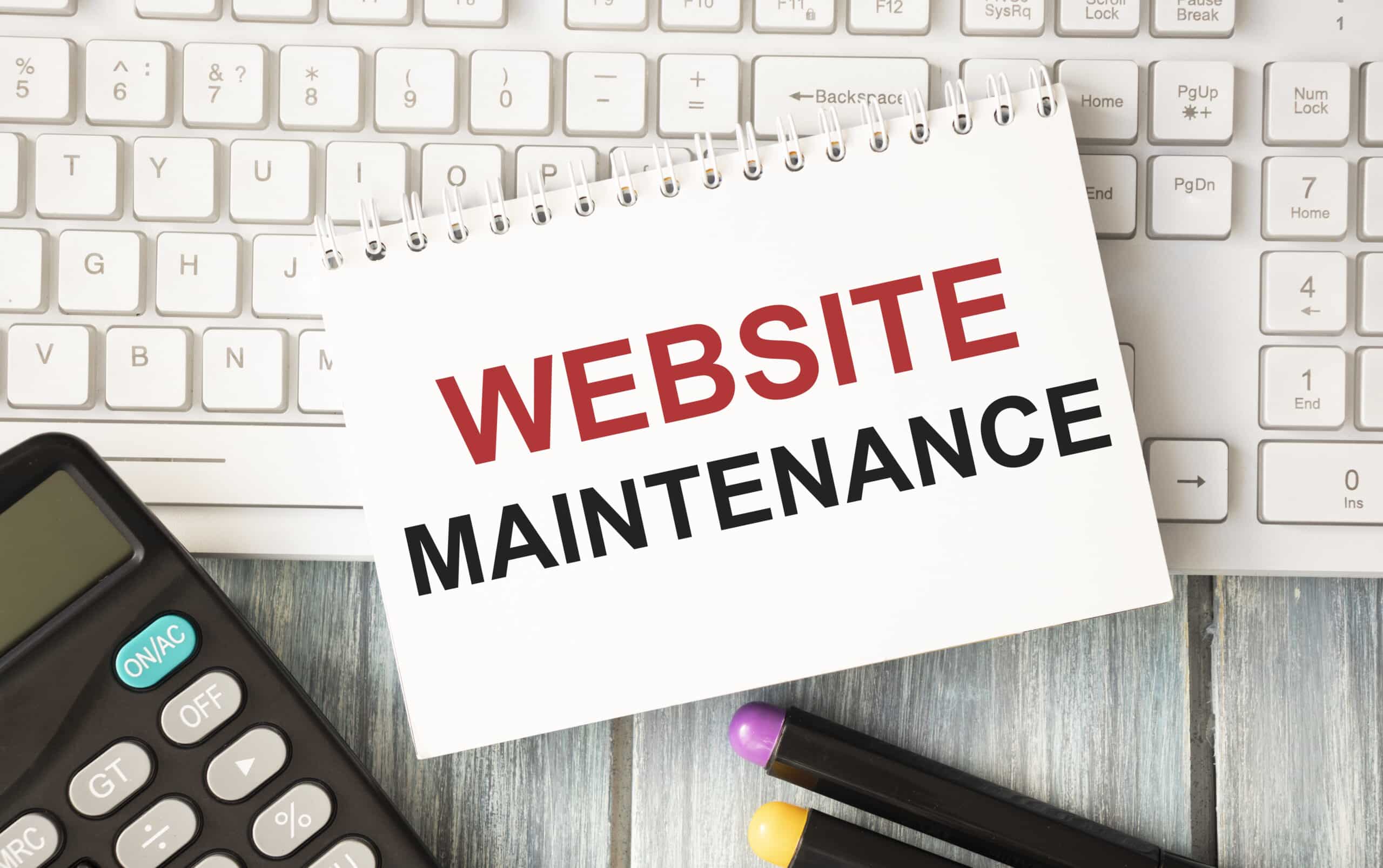If your WordPress site feels sluggish, you’re not alone. Slow page loads, high bounce rates, and frustrated visitors all signal one thing. Server performance optimization is overdue.
In this guide you’ll learn how to optimize server performance, from baseline checks to hardware upgrades, software tuning, and beyond. Ready to speed up your site? Let’s dive in.
Assess Server Baselines
Before you tweak anything, establish how your server normally behaves. Baselines help you spot anomalies quickly and set realistic goals. Want to know where to start?
- Record average CPU, memory, disk, and network usage during peak and off-peak times.
- Update baselines monthly or after major changes to keep data relevant.
- Compare current metrics against historical trends to flag issues early.
Monitor Performance Metrics
You can’t fix what you don’t measure. Tracking key metrics reveals bottlenecks before they frustrate users. Have you checked your CPU and memory use lately?
CPU And Memory Use
- Aim for sustained CPU usage under 70 percent to avoid throttling.
- Keep memory utilization below 80 percent to reduce swapping and slowdowns.
Disk And Network Traffic
- Monitor disk I/O wait times to detect storage bottlenecks.
- Track network throughput and latency for spikes that impact page loads.
For a quick overview, try our website performance checklist.
Upgrade Server Hardware
When software tweaks max out, hardware upgrades can deliver a clear speed boost.
Choose 64-Bit Processors
Use a 64-bit CPU, required for Windows Server 2022, with higher-frequency or more cores. More cores don’t always scale linearly, especially with hyper-threading.
Leverage NVMe SSDs
NVMe drives offer deeper command queues and faster 4KB reads than SATA SSDs, cutting data access times significantly.
Optimize Software Components
Fine-tuning your software stack often yields big performance wins without extra cost.
Enable HTTP/2 And HTTP/3
These protocols use multiplexing to load multiple resources over one connection, trimming page load times.
Tune TCP/IP Settings
Adjust TCP window sizes and timeouts to reduce network overhead on busy servers.
Implement Caching Layers
- Use server-side caching to serve repeat requests instantly.
- Consider object caching (Redis or Memcached) to cut database hits by up to 50 percent.
Tune Database Queries
Limit SELECT statements to needed columns, add proper indexes, and analyze slow-query logs regularly.
Leverage Content Delivery
Offload static files to servers closer to your visitors to slash latency.
Use A CDN

A content delivery network caches your images, scripts, and stylesheets on edge servers worldwide, speeding up delivery.
Pre-Fetch Resources
Load anticipated assets in advance based on user behavior patterns to shave milliseconds off page loads.
Reduce WordPress TTFB
Time to First Byte matters for users and search engines. Higher server response times can drive bounce rates up by 32 percent from one to three seconds and 90 percent from one to five seconds. Nearly 70 percent of buyers say page speed influences their purchase decision.
To reduce TTFB WordPress owners can start by clearing caches and limiting heavyweight plugins. Wondering how to reduce TTFB in WordPress? Try the following:
- Manage bot traffic with a bot management solution to cut unnecessary requests.
- Keep WordPress core, themes, and plugins updated to benefit from performance improvements.
- Use pre-fetching techniques to load links or scripts before users click .
Implement Load Balancing
Spreading traffic across servers prevents any single machine from becoming a choke point.
Spread Incoming Traffic
Use DNS round-robin or a dedicated load balancer to distribute requests evenly.
Scale Horizontally
Add more servers under peak load, then remove them automatically when demand drops.
Maintain Regular Optimization
Ongoing upkeep keeps your server humming even as traffic grows.
Update Software Regularly
Apply OS patches, CMS updates, and security fixes to maintain peak performance.
Review Logs And Alerts
Set detailed alerts for CPU, memory, and disk thresholds to catch issues early.
Refresh Baselines
Revisit your performance baselines after major changes or every quarter to stay on track.
Review Key Takeaways
- Establish and update server baselines to spot trends.
- Monitor CPU, memory, disk, and network metrics continuously.
- Upgrade hardware like CPUs and NVMe SSDs for tangible speed gains.
- Tweak HTTP protocols, caching, and database queries for software-level boosts.
- Use a CDN and pre-fetching to minimize latency.
- Protect your TTFB with bot management and updates.
- Implement load balancing and maintain alerts for consistent uptime.
Start with one or two changes today, maybe enabling HTTP/2 or setting a fresh baseline, and watch your WordPress site fly. Good luck, and feel free to share your results in the comments below.








